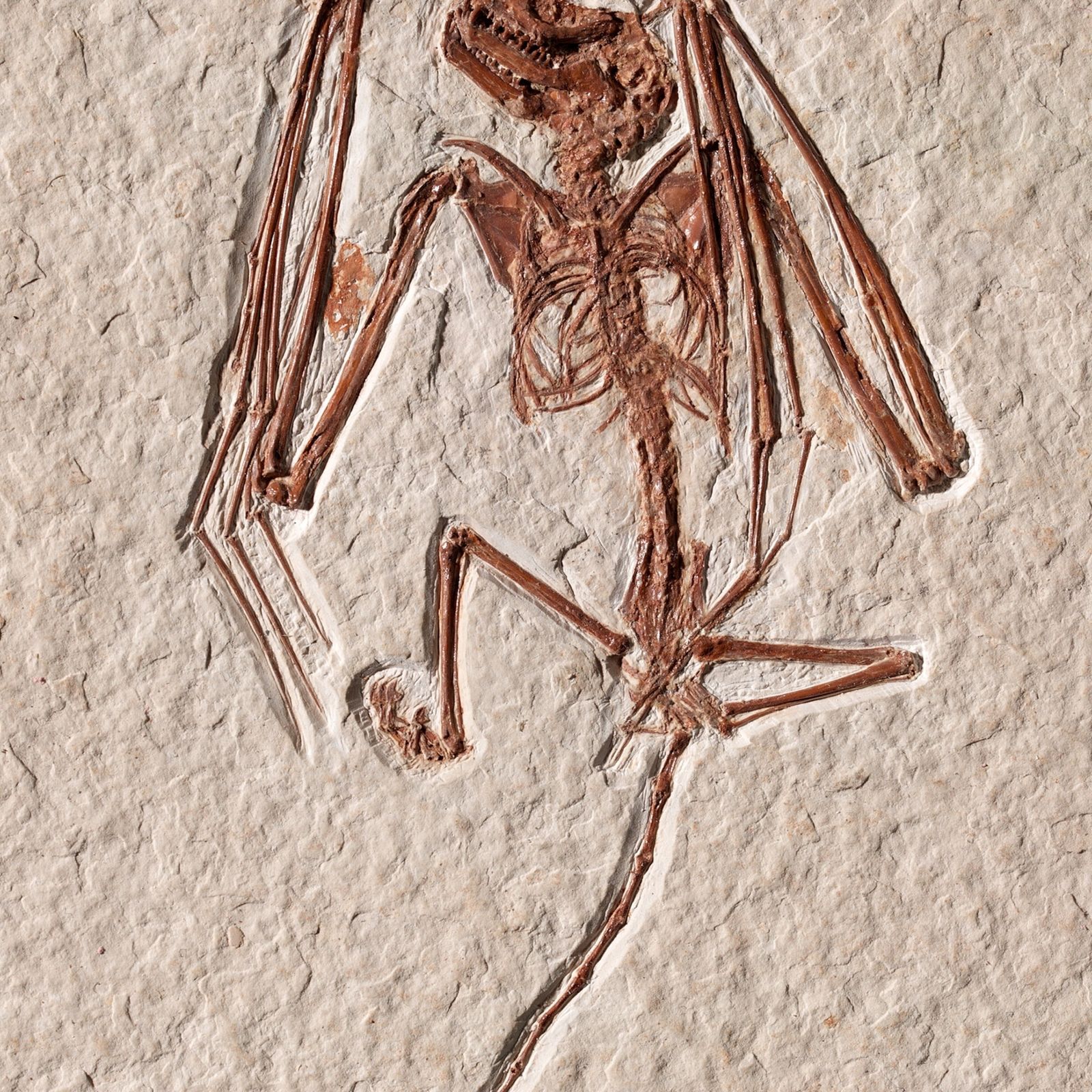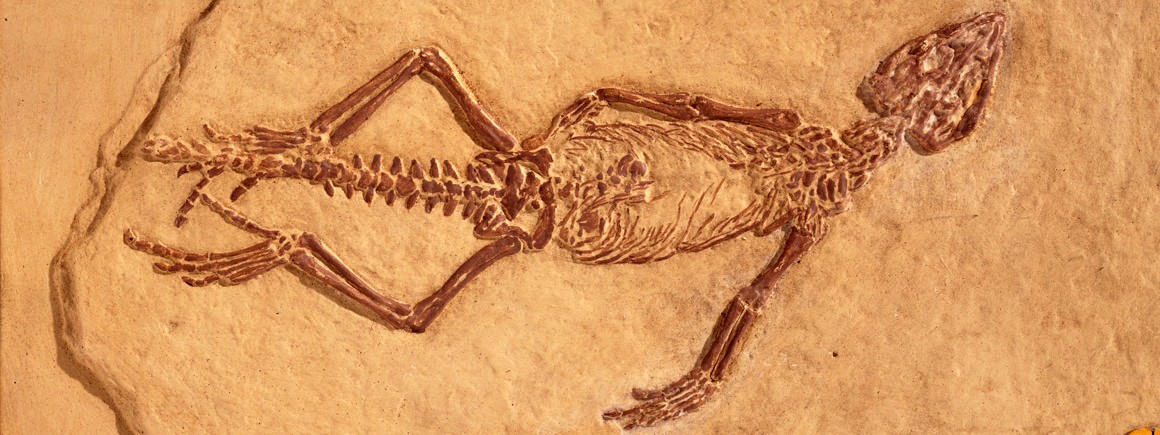Palaeontology 🦖
957 readers
2 users here now
Welcome to c/Palaeontology @ Mander.xyz!

🦖 Notice Board
- 2023-06-23: We are looking for mods. Send a dm to @fossilesque@mander.xyz if interested! This is a work in progress, please don't mind the mess.
🦖 About
Paleontology, also spelled palaeontology[a] or palæontology, is the scientific study of life that existed prior to, and sometimes including, the start of the Holocene epoch (roughly 11,700 years before present). It includes the study of fossils to classify organisms and study their interactions with each other and their environments (their /c/paleoecology. Read more...
🦖 Rules
- Don't throw mud. Be kind and remember the human.
- Keep it rooted (on topic).
- No spam.
🦖 Resources
- Smithsonian's Paleobiology website
- University of California Museum of Paleontology
- The Paleontological Society
- The Palaeontological Association
- The Society of Vertebrate Paleontology
- The Paleontology Portal
- "Geology, Paleontology & Theories of the Earth" – a collection of more than 100 digitised landmark and early books on Earth sciences at the Linda Hall Library

🦖 Sister Communities
- !anthropology@mander.xyz
- !archaeology@mander.xyz
- !biodiversity@mander.xyz
- !earthscience@mander.xyz
- !folklore@mander.xyz
- !geography@mander.xyz
- !geospatial@mander.xyz
- !history@mander.xyz
- !houseplants@mander.xyz
- !microbiology@mander.xyz
- !old_maps@mander.xyz
- !palaeoecology@mander.xyz
- !palaeontology@mander.xyz
- !plantid@mander.xyz
- !scicomm@mander.xyz
- !science_memes@mander.xyz
- !soilscience@slrpnk.net

founded 2 years ago
MODERATORS
1
2
4
8
Bird Migration Is One of Nature’s Greatest Spectacles. Paleontologists Just Found Clues to Its Origin
(www.scientificamerican.com)
5
6
7
8
9
23
Sharks now roam the open ocean. But for 200 million years, they only lived near the sea floor
(theconversation.com)
11
7
From Dinosaur Scratches to Insects in Amber, How Paleontologists Uncover Prehistoric Courtship
(www.smithsonianmag.com)
12
19
150-Million-Year Post-Mortem Reveals Baby Pterosaurs Killed in Violent Storm
(www.sciencealert.com)
14
15
44
Fossils are scientific evidence, and shouldn’t be auctioned for millions to private buyers
(theconversation.com)
16
17
18
20
21
22
23
17
New species of dinosaur with ‘eye-catching sail’ discovered on Isle of Wight
(www.theguardian.com)
24
25
view more: next ›